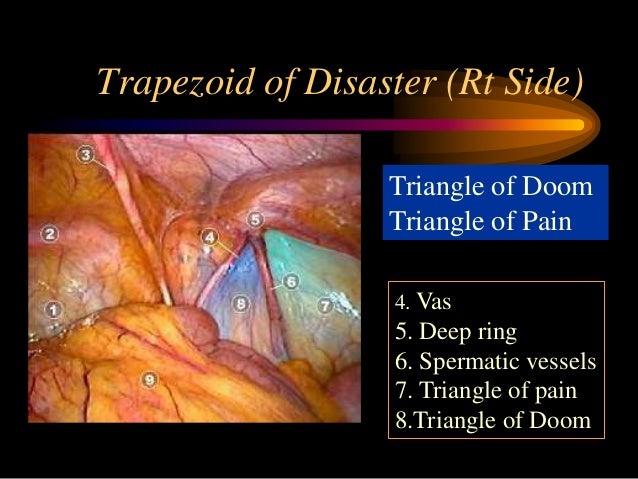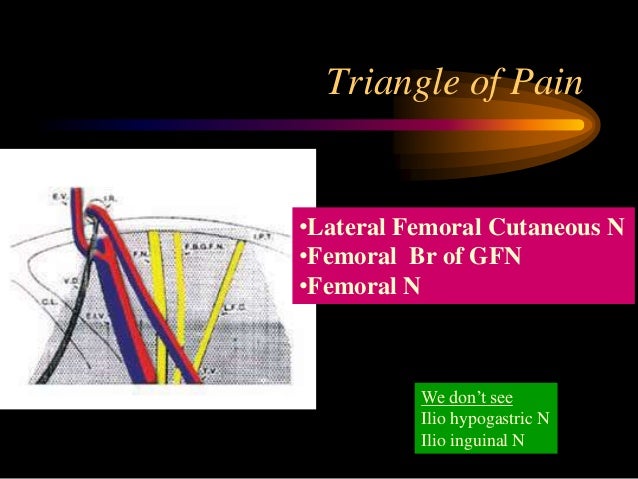Via Dolorosa
Corona mortis (CM) is classically defined as the arterial anastomosis between the obturator artery and the inferior epigastric artery that crosses the posterior aspect of the superior ramus of the symphysis pubis. Its clinical impact is considered great, as it lies within the surgical field of numerous specialties (general surgeons, orthopedists, gynecologists, urologists). Our systematic study of the literature revealed a diversity in the incidence of the Corona Mortis between cadaveric and patient studies. The new technological advances and especially the CT angiography, applied on the retropubic region vessels, have given the chance to obtain more precise depictions and thus estimations on the real incidence of corona mortis. This review intends to extract for the first time the corona mortis' incidence from the major CT angiographic studies in bibliography and compare it with the incidence of CM in the major cadaveric studies. Special attention was given to the question whether this anastomosis is that important as its name implies (mortis) in the clinical setting or not.
V. CONCLUSION Corona Mortis describes an arterial anastomosis between the inferior epigastric artery and the obturator artery, crossing the posterior pelvic rim. It has long attracted the interest of surgeons involved in the retropubic field as proved by the numerous cadaveric studies that have since decades dealt with its incidence. However the latest studies with the aid of CT angiography have presented a lower incidence regarding the presence of the vessel in patients. This lower frequency agrees with the longstanding observation, that in the clinical setting there is a substantially low occurrence of serious bleeding, demanding intervention, despite the high incidence of retropubic vessels in cadaveric series. This leads to the conclusion that more comparative studies between cadaveric and patients’ studies are essential to show the real incidence of CM and re-estimate its clinical importance.
V. CONCLUSION Corona Mortis describes an arterial anastomosis between the inferior epigastric artery and the obturator artery, crossing the posterior pelvic rim. It has long attracted the interest of surgeons involved in the retropubic field as proved by the numerous cadaveric studies that have since decades dealt with its incidence. However the latest studies with the aid of CT angiography have presented a lower incidence regarding the presence of the vessel in patients. This lower frequency agrees with the longstanding observation, that in the clinical setting there is a substantially low occurrence of serious bleeding, demanding intervention, despite the high incidence of retropubic vessels in cadaveric series. This leads to the conclusion that more comparative studies between cadaveric and patients’ studies are essential to show the real incidence of CM and re-estimate its clinical importance.










Коментарі
Дописати коментар